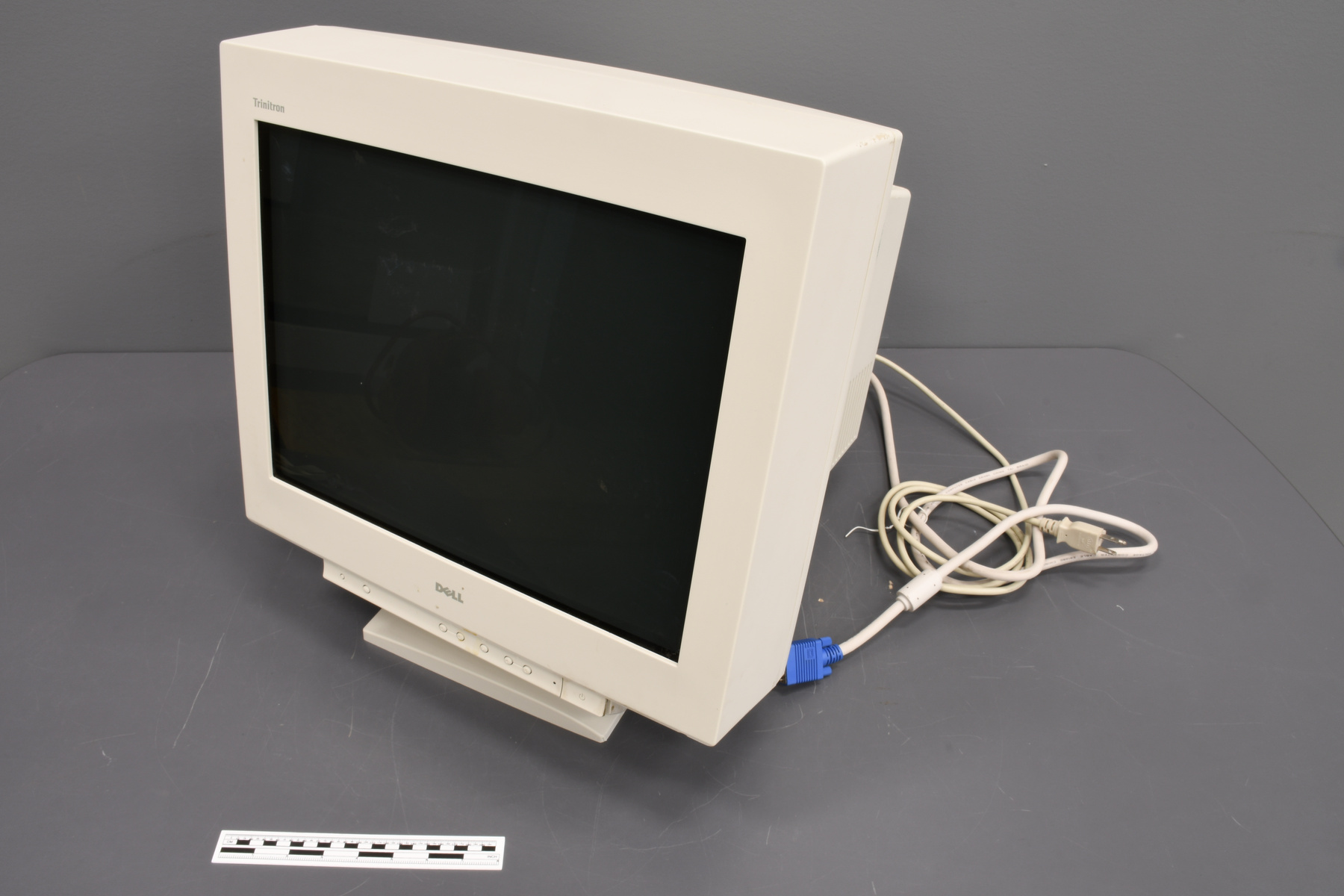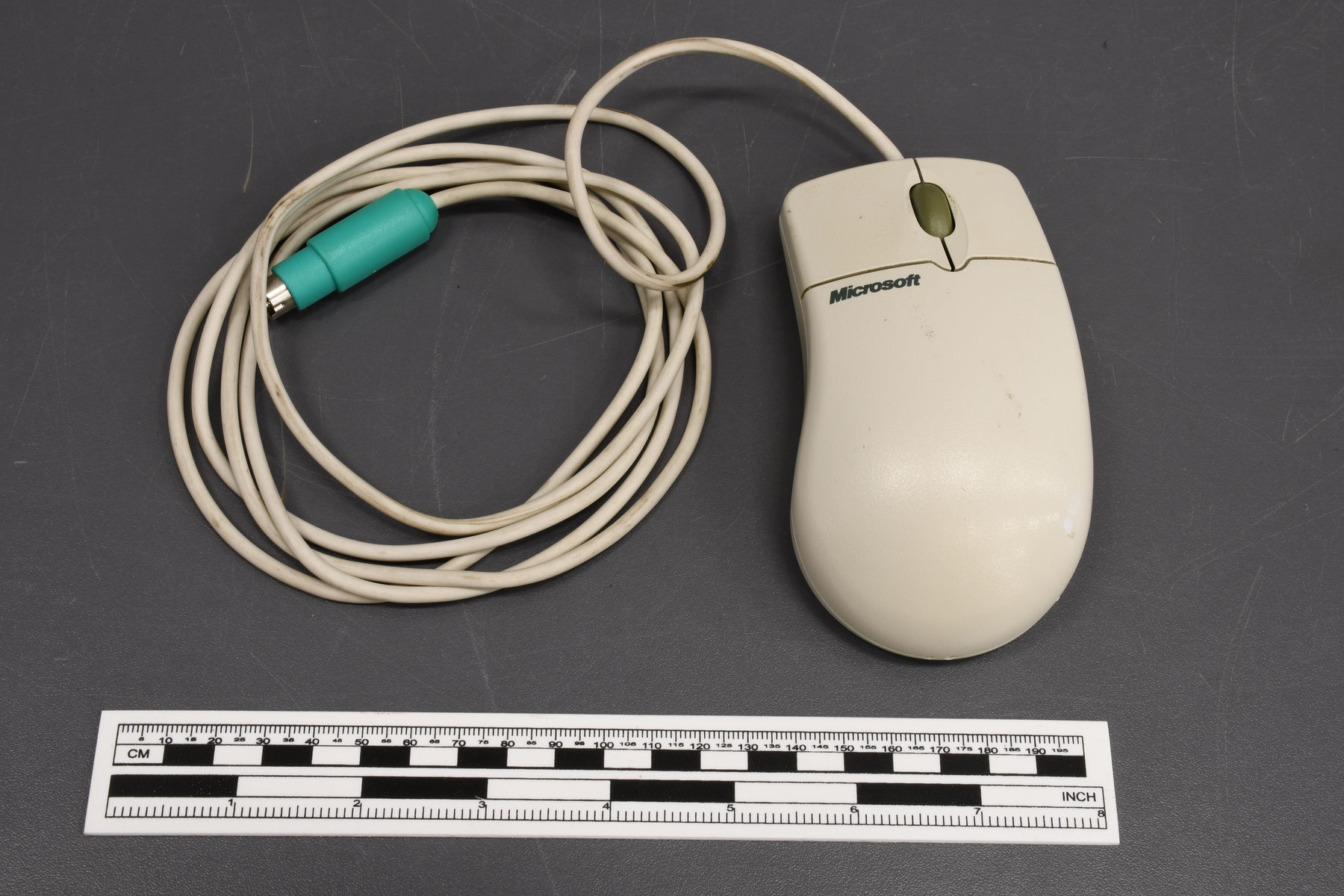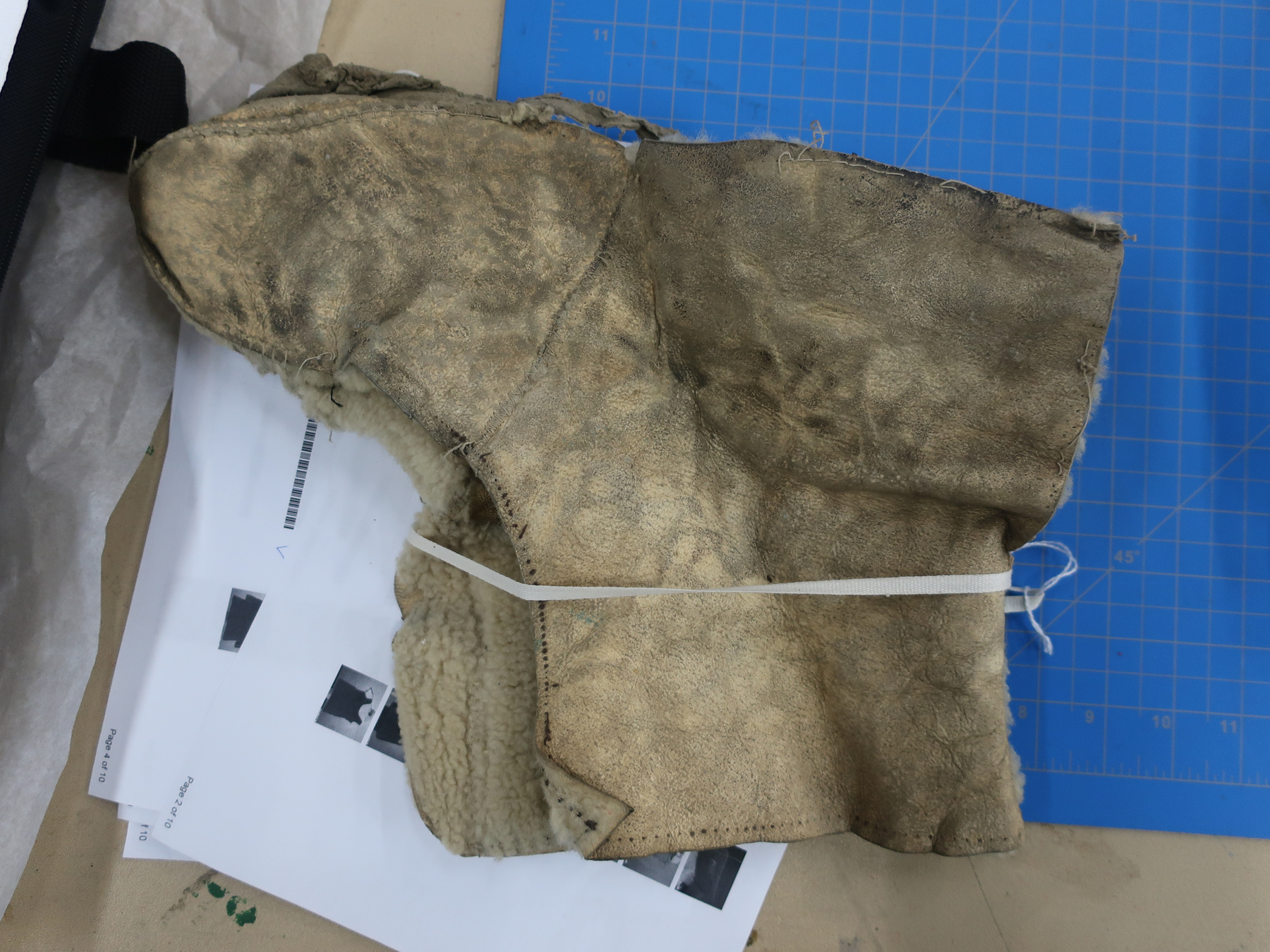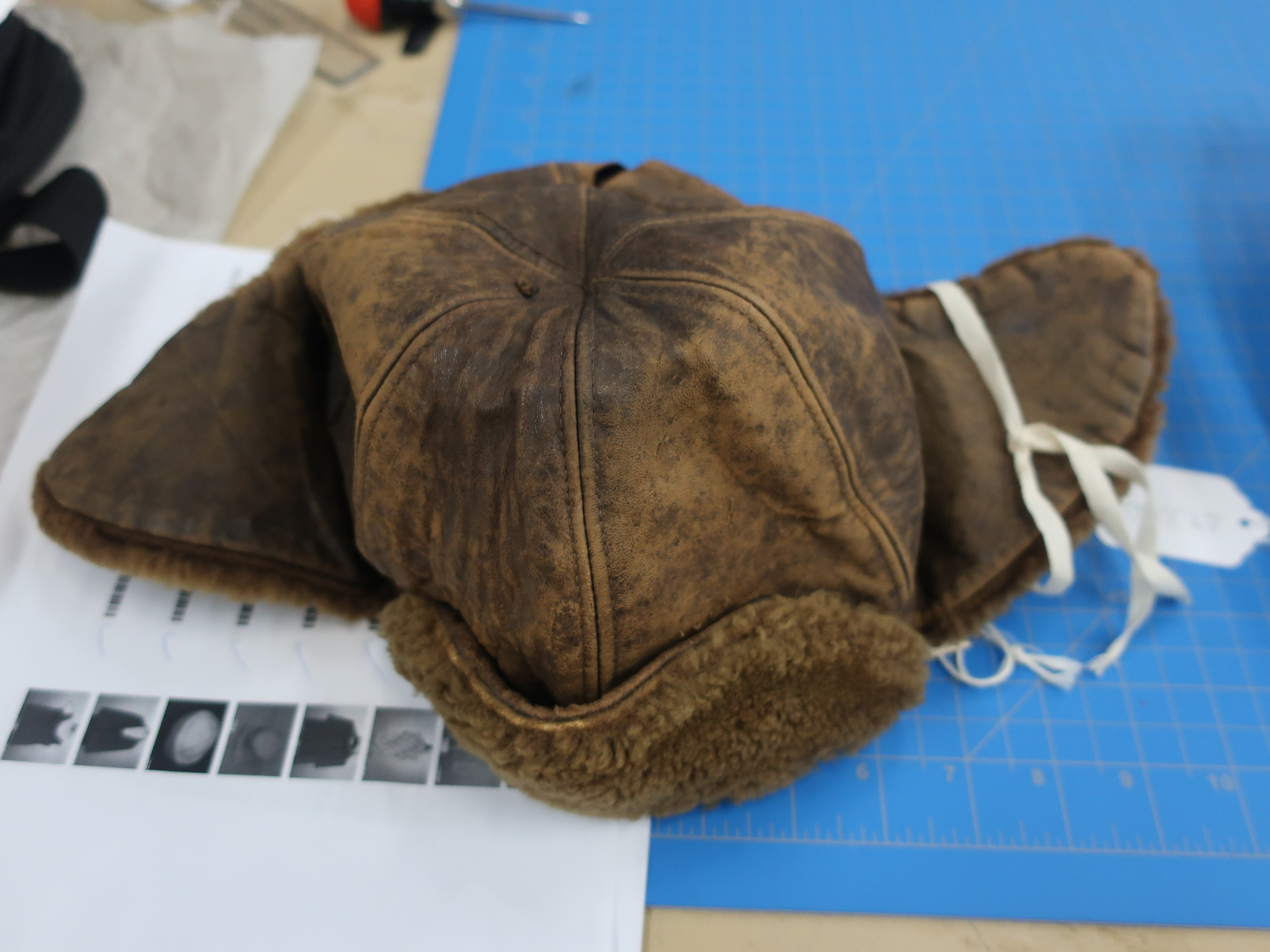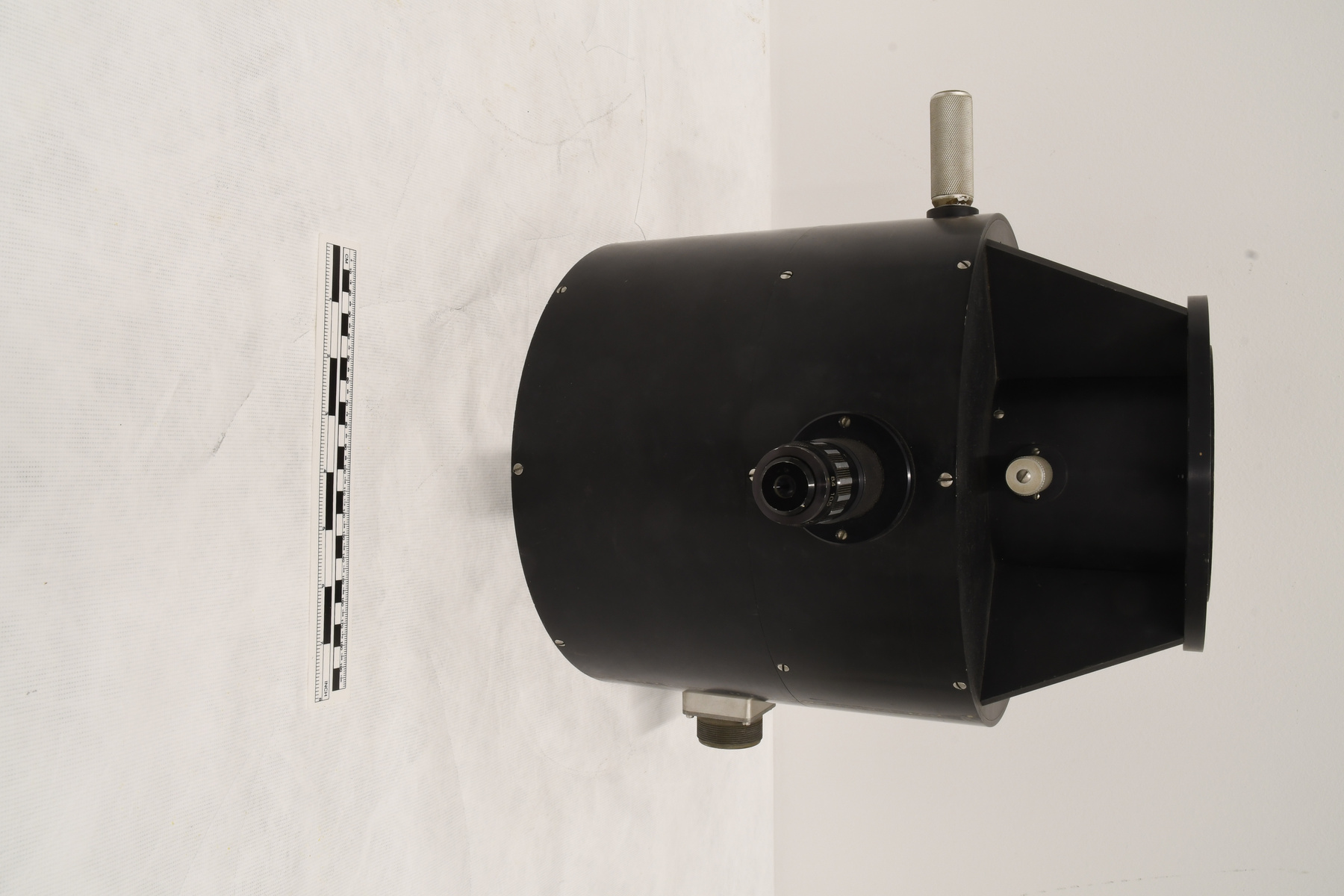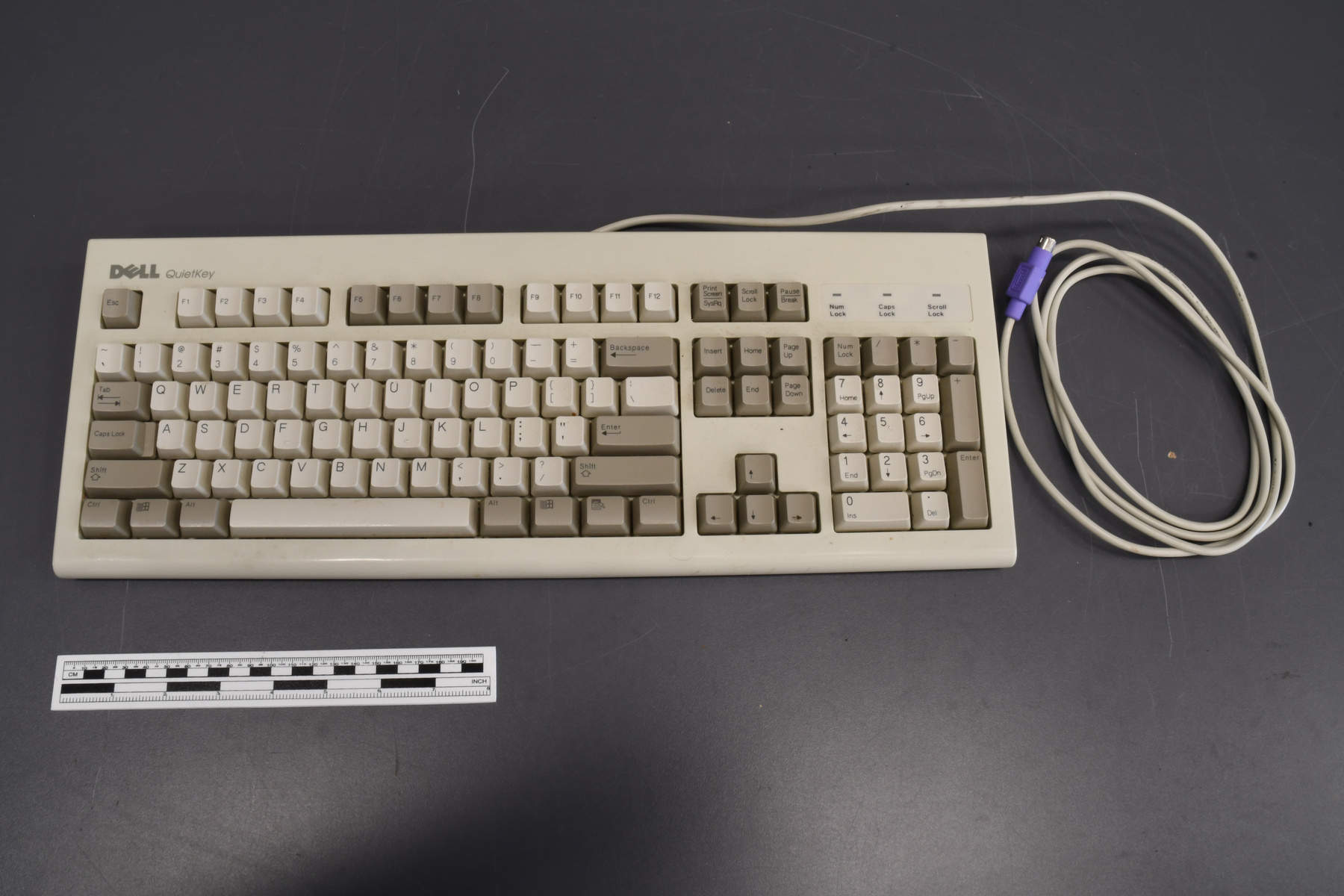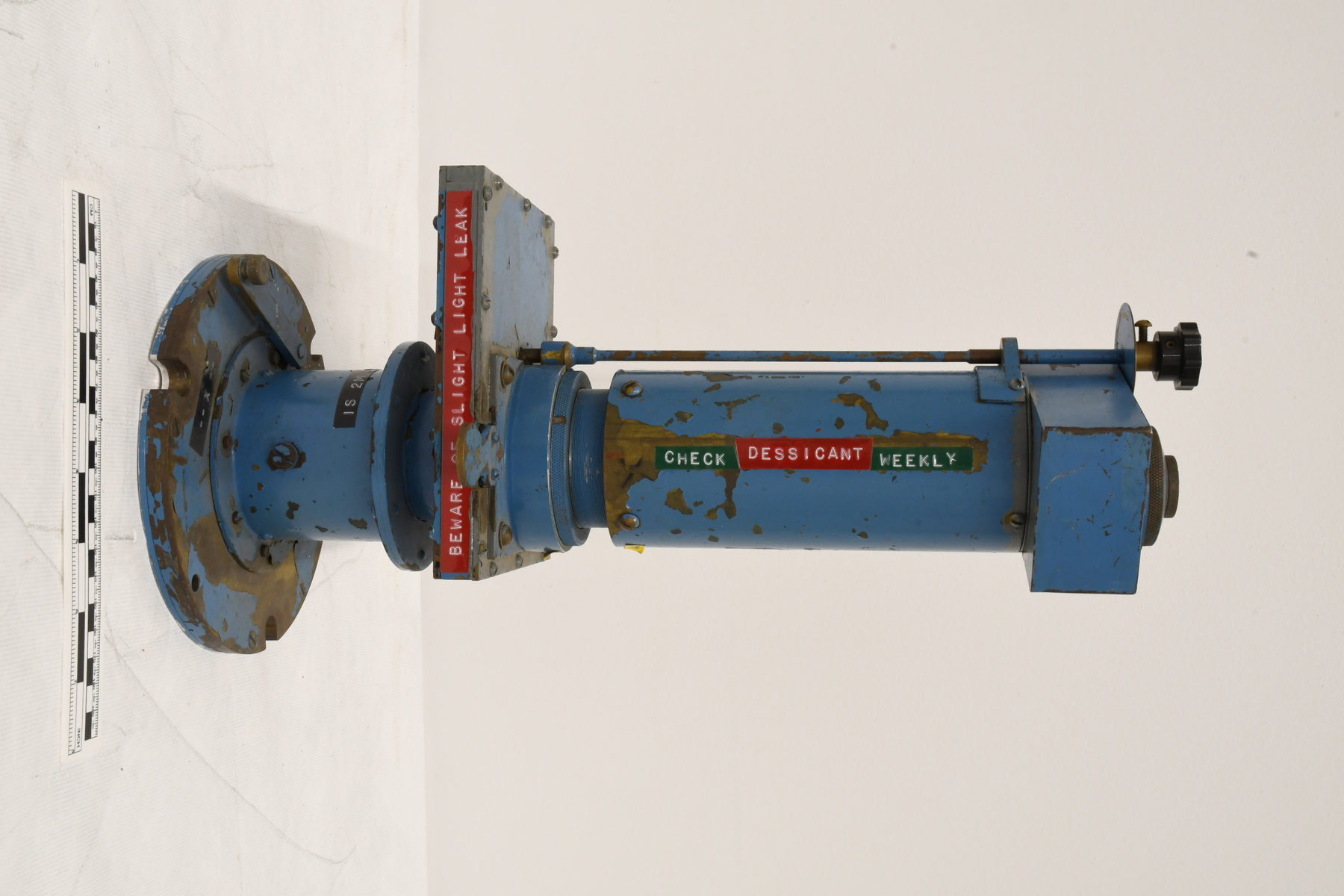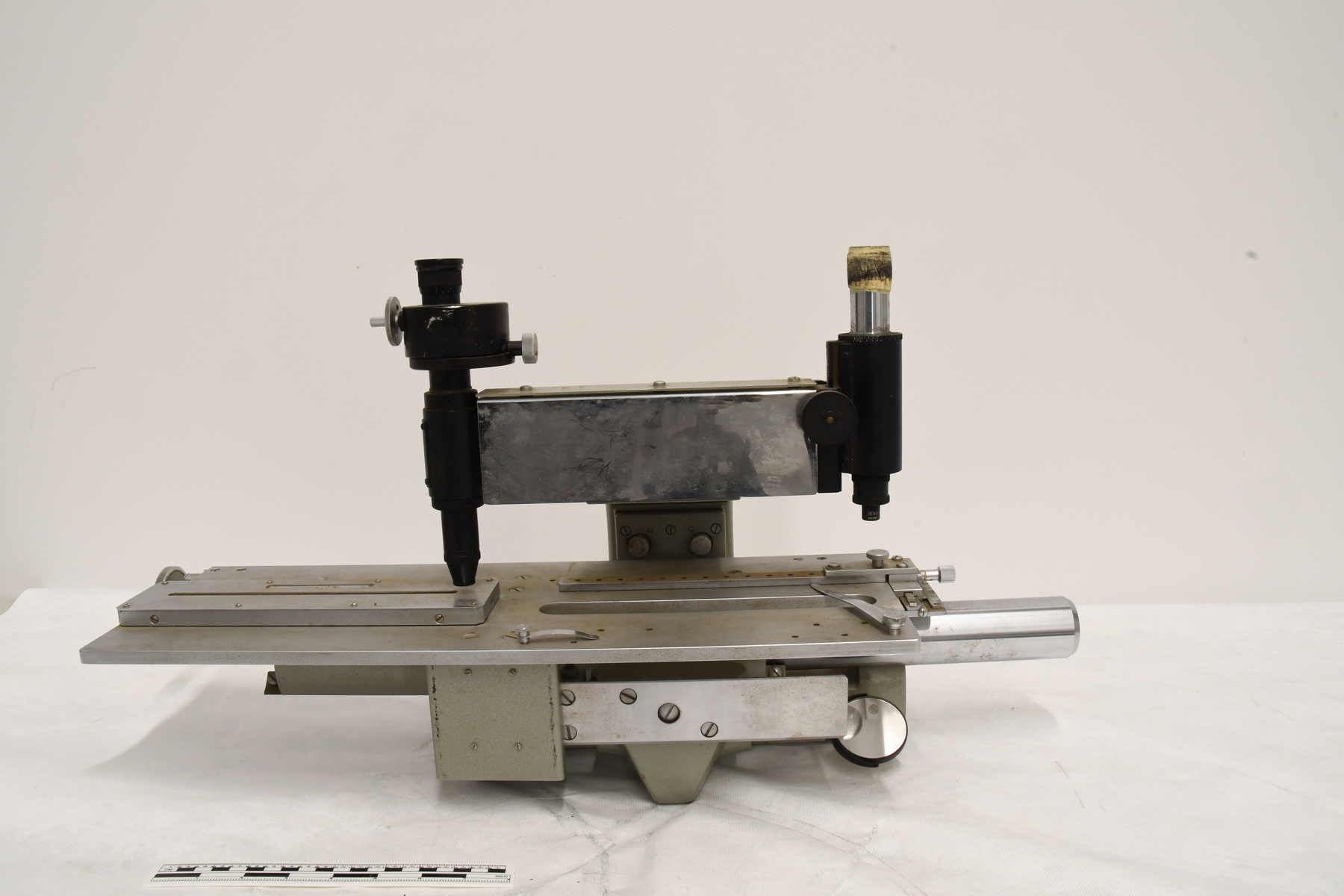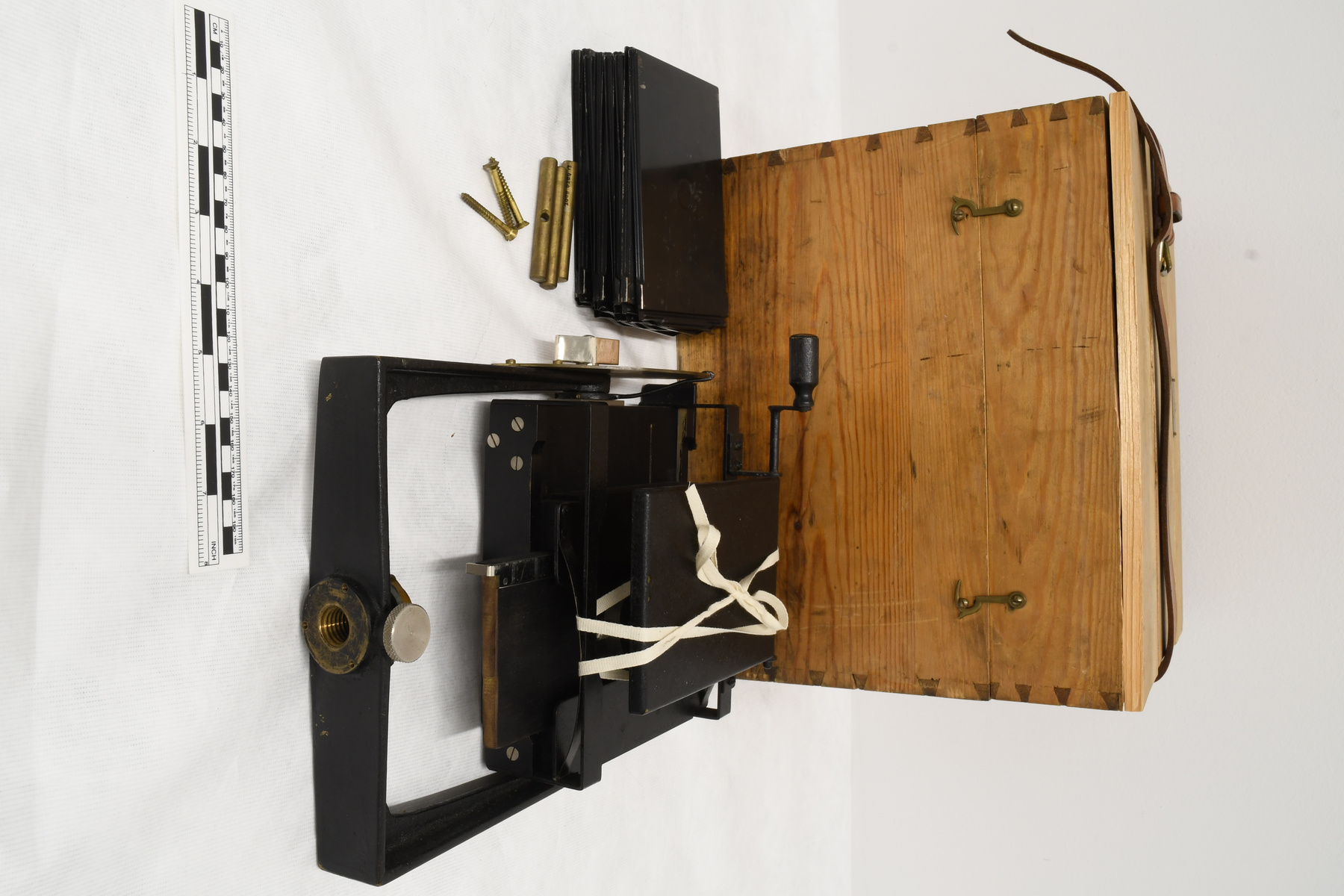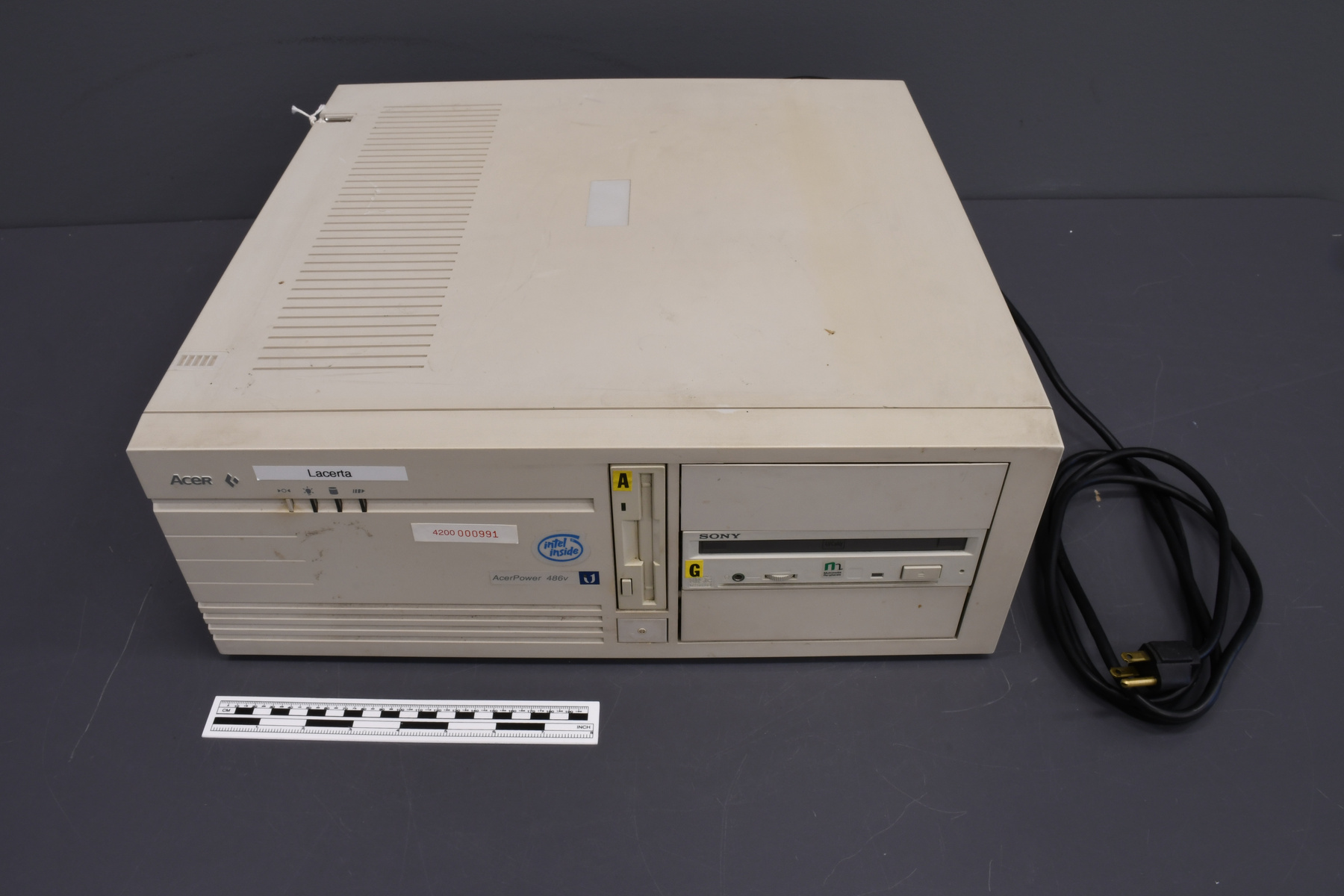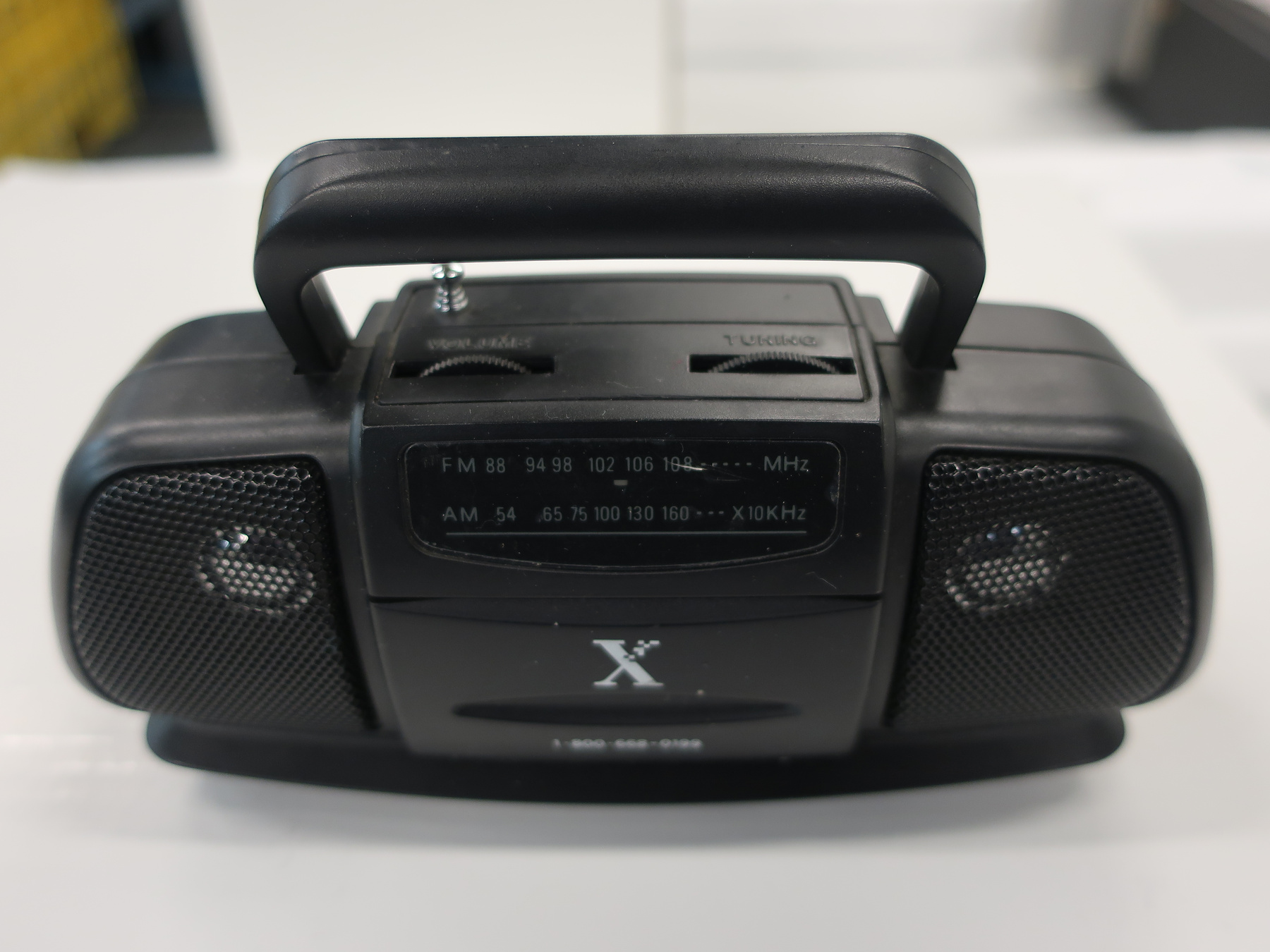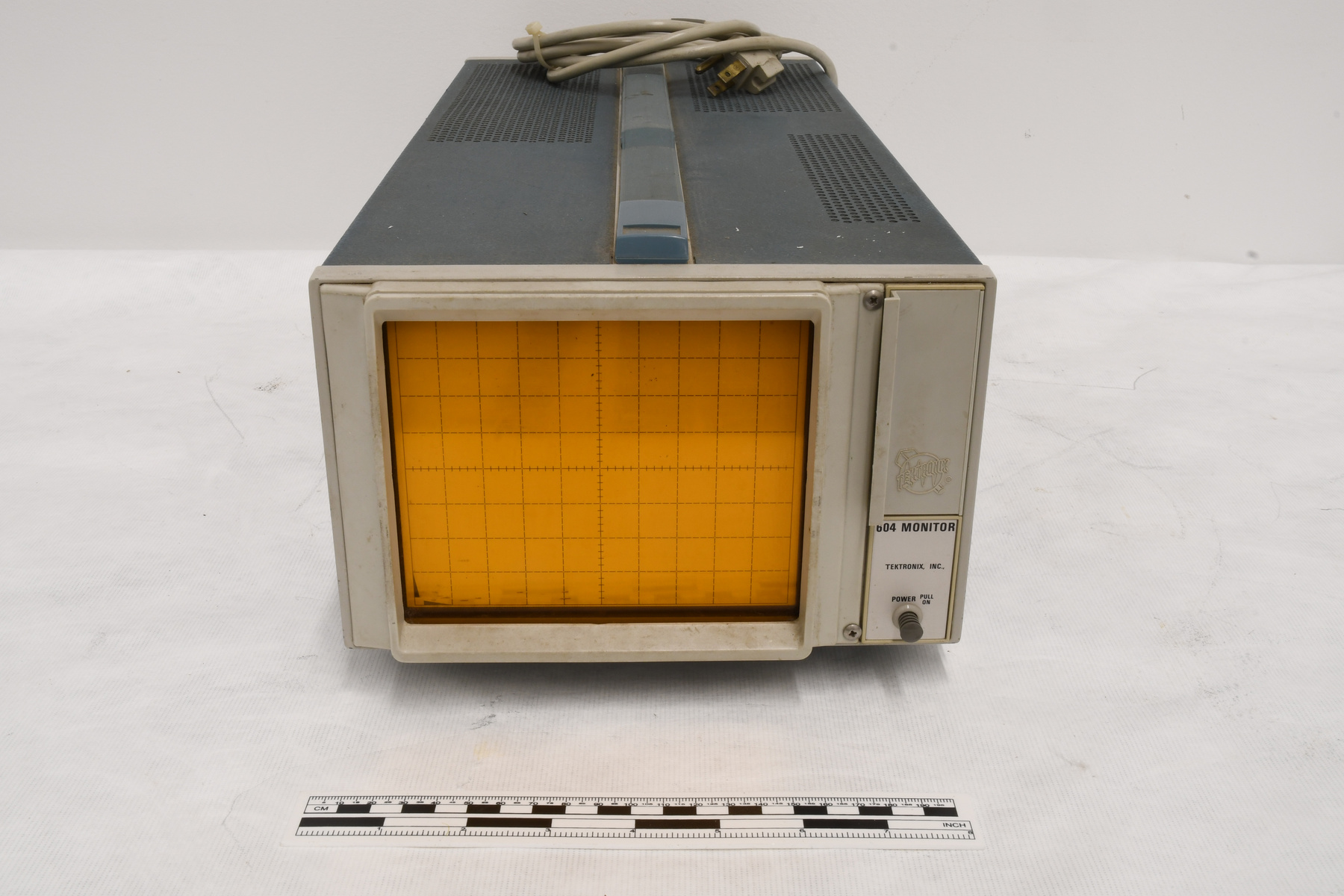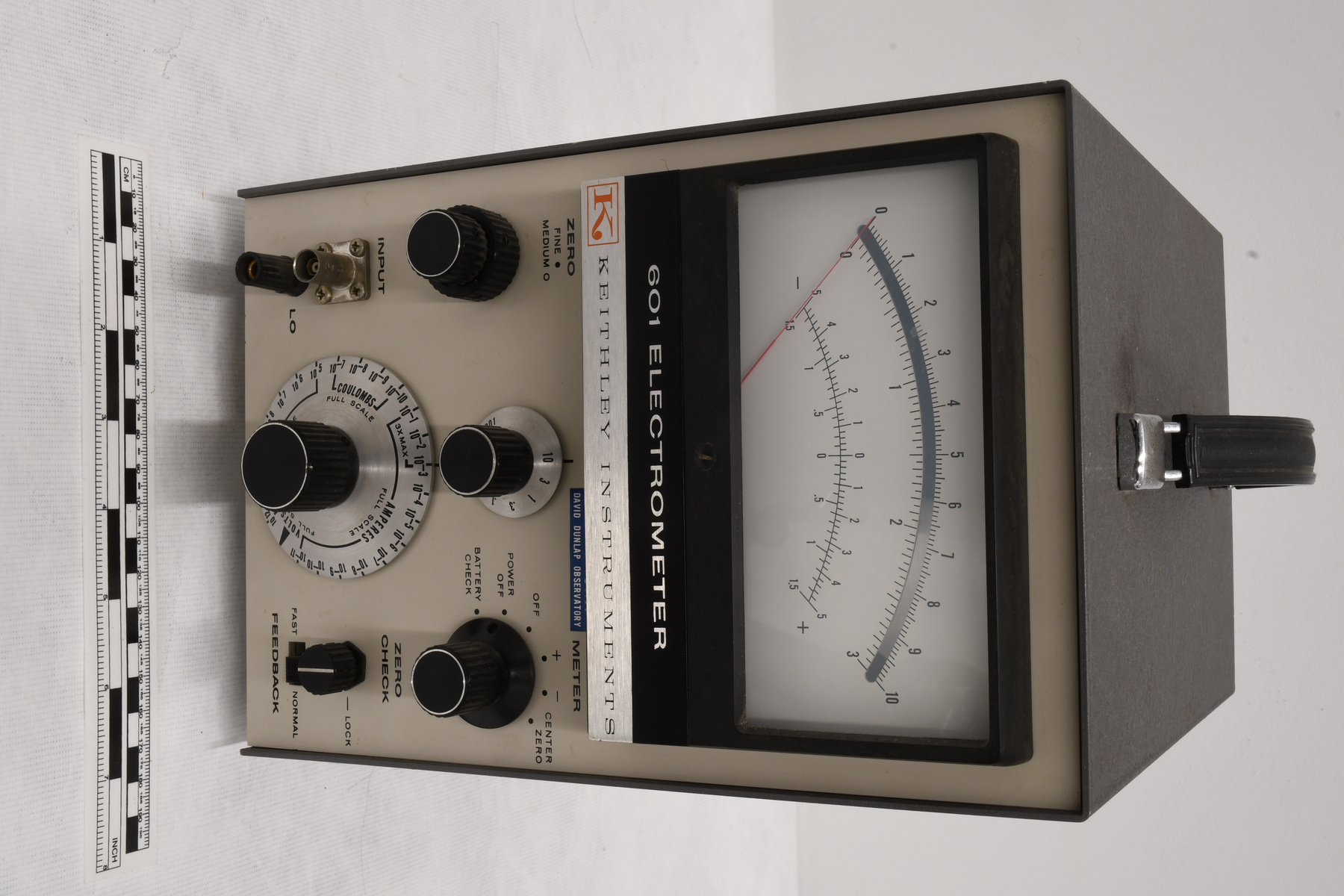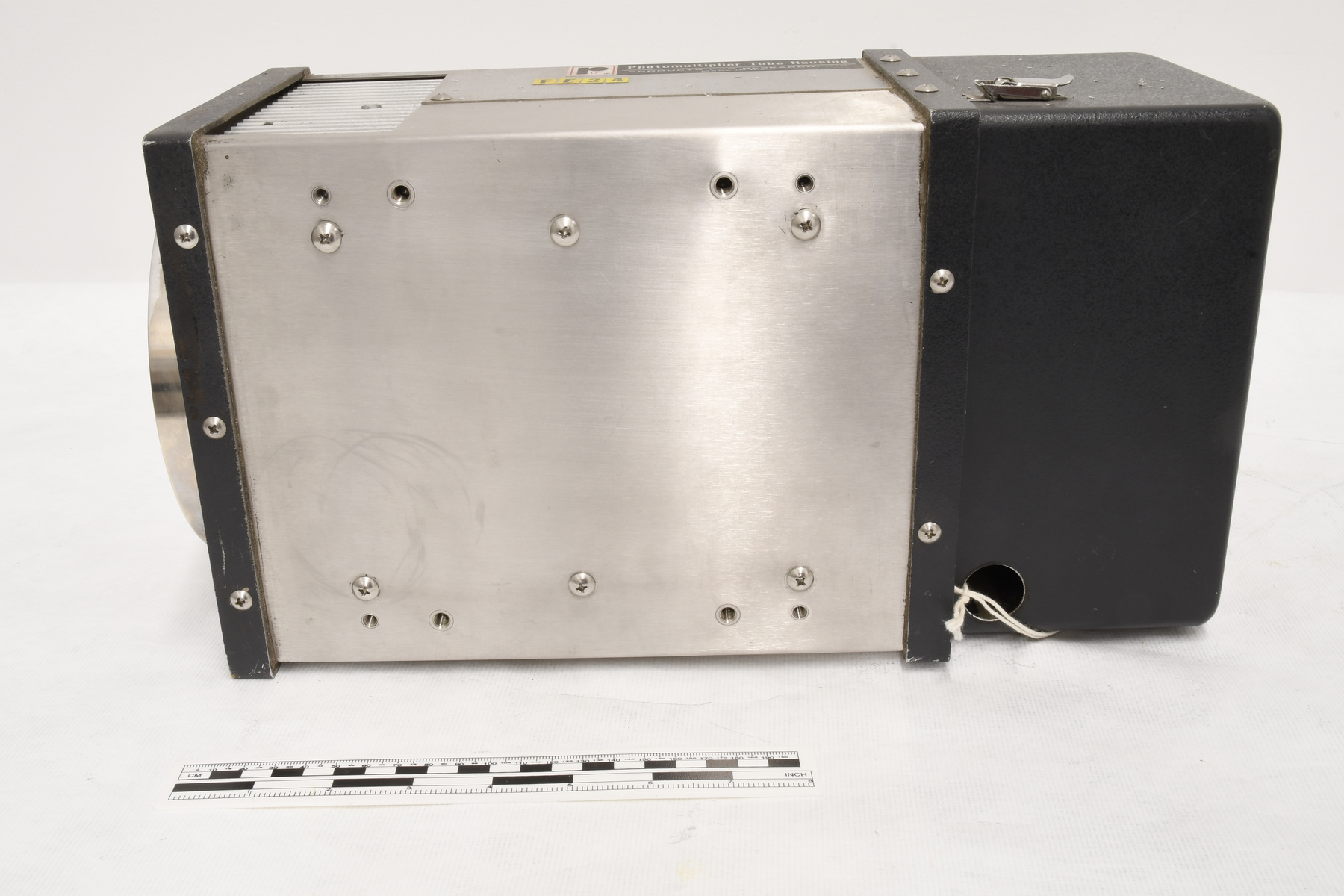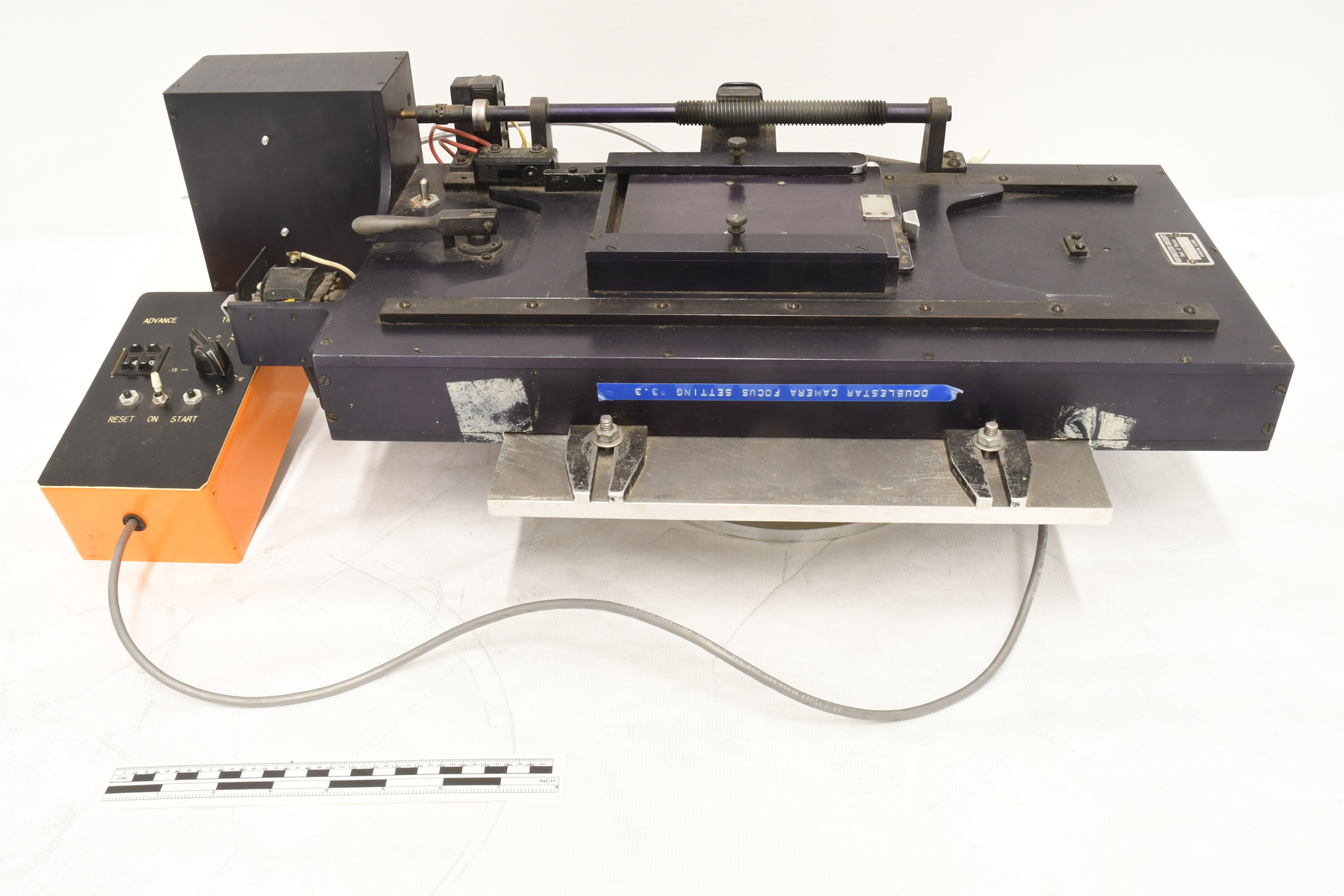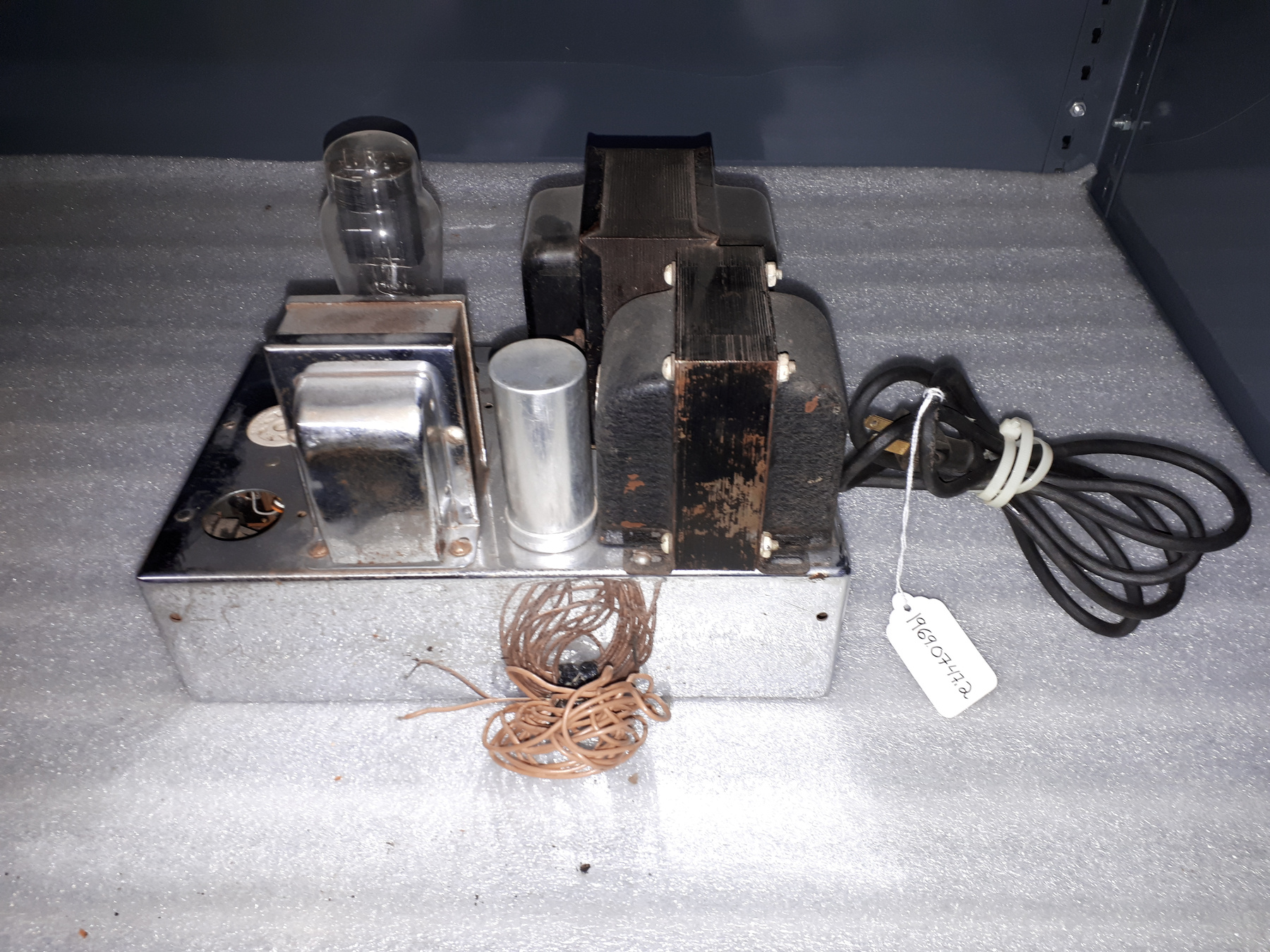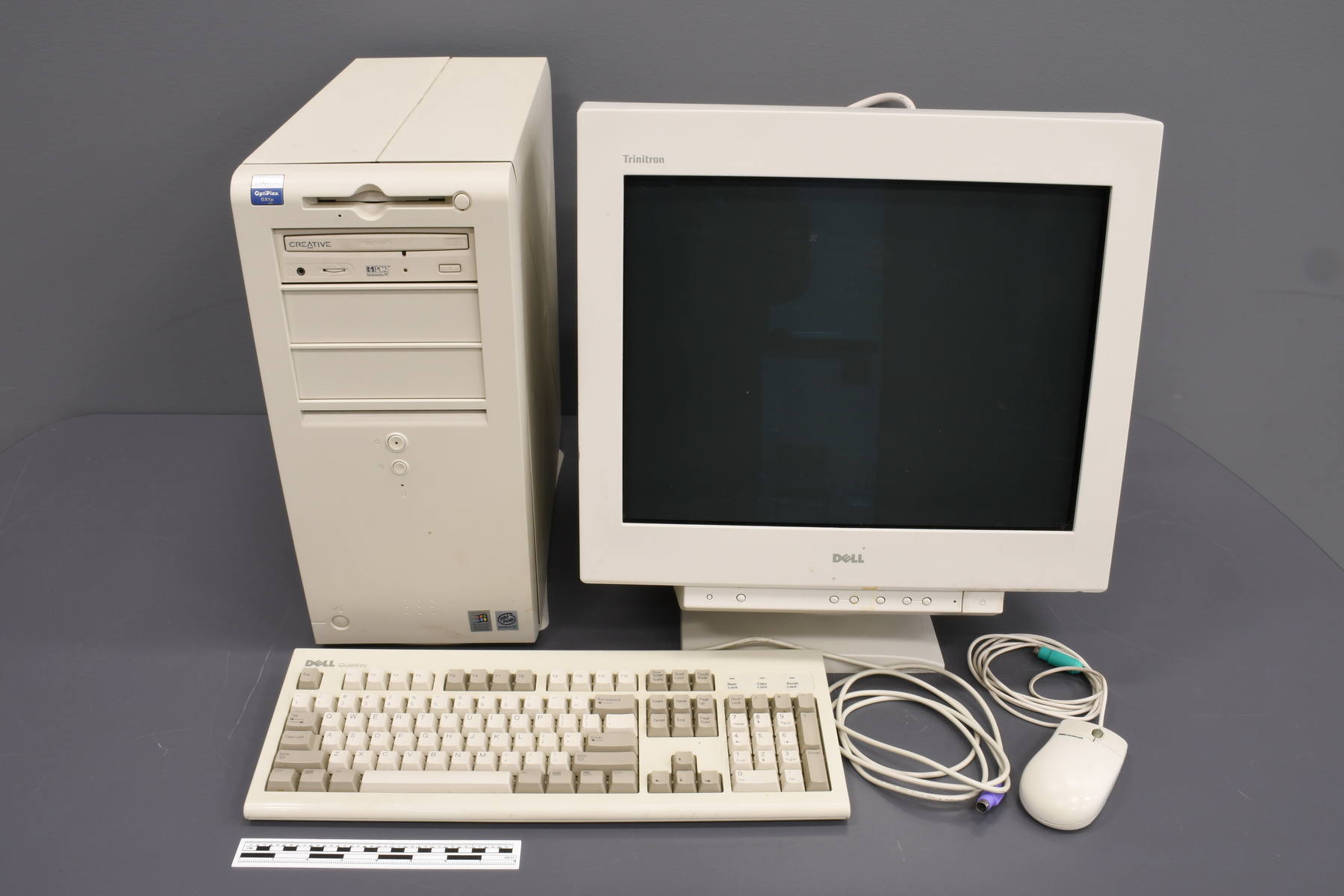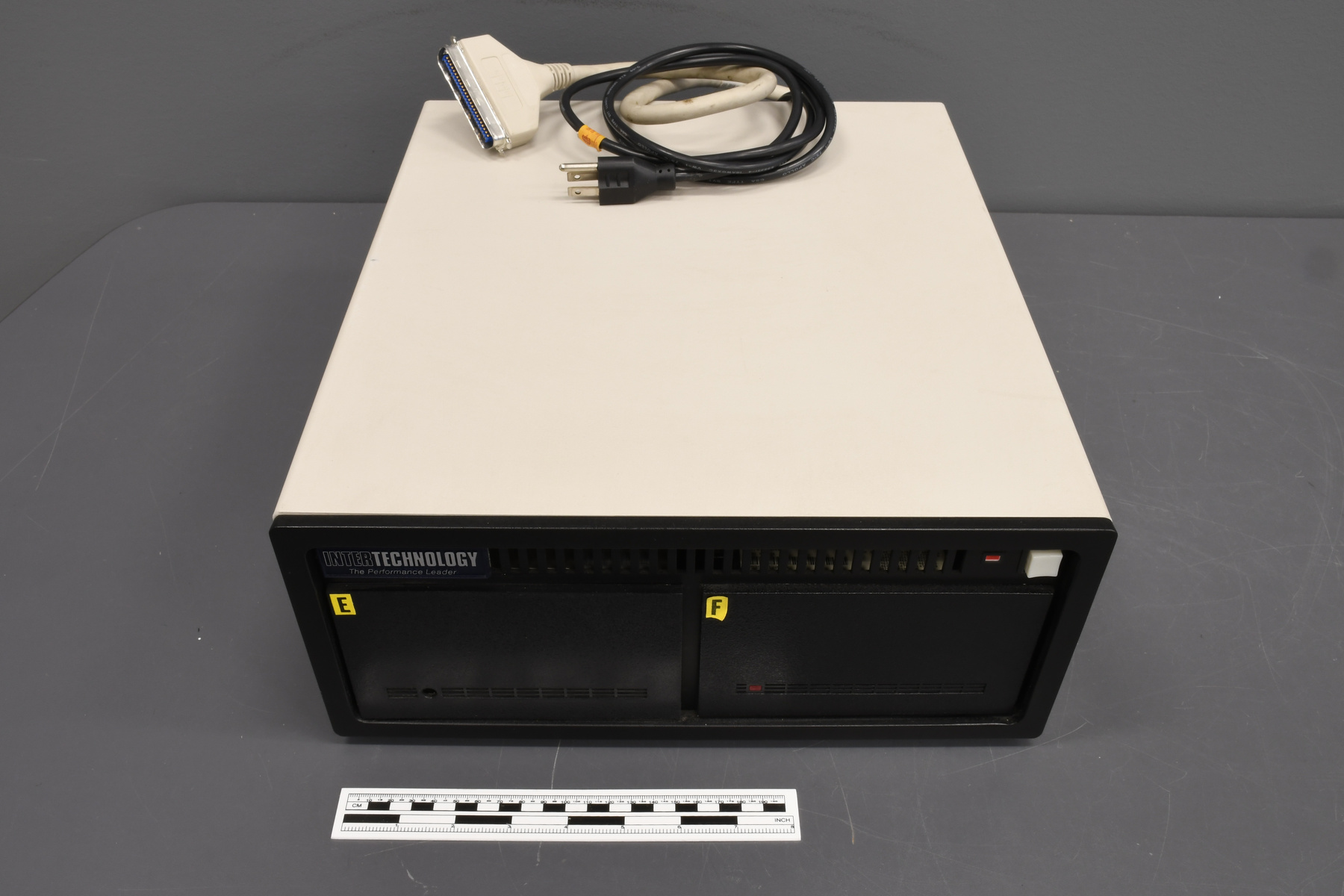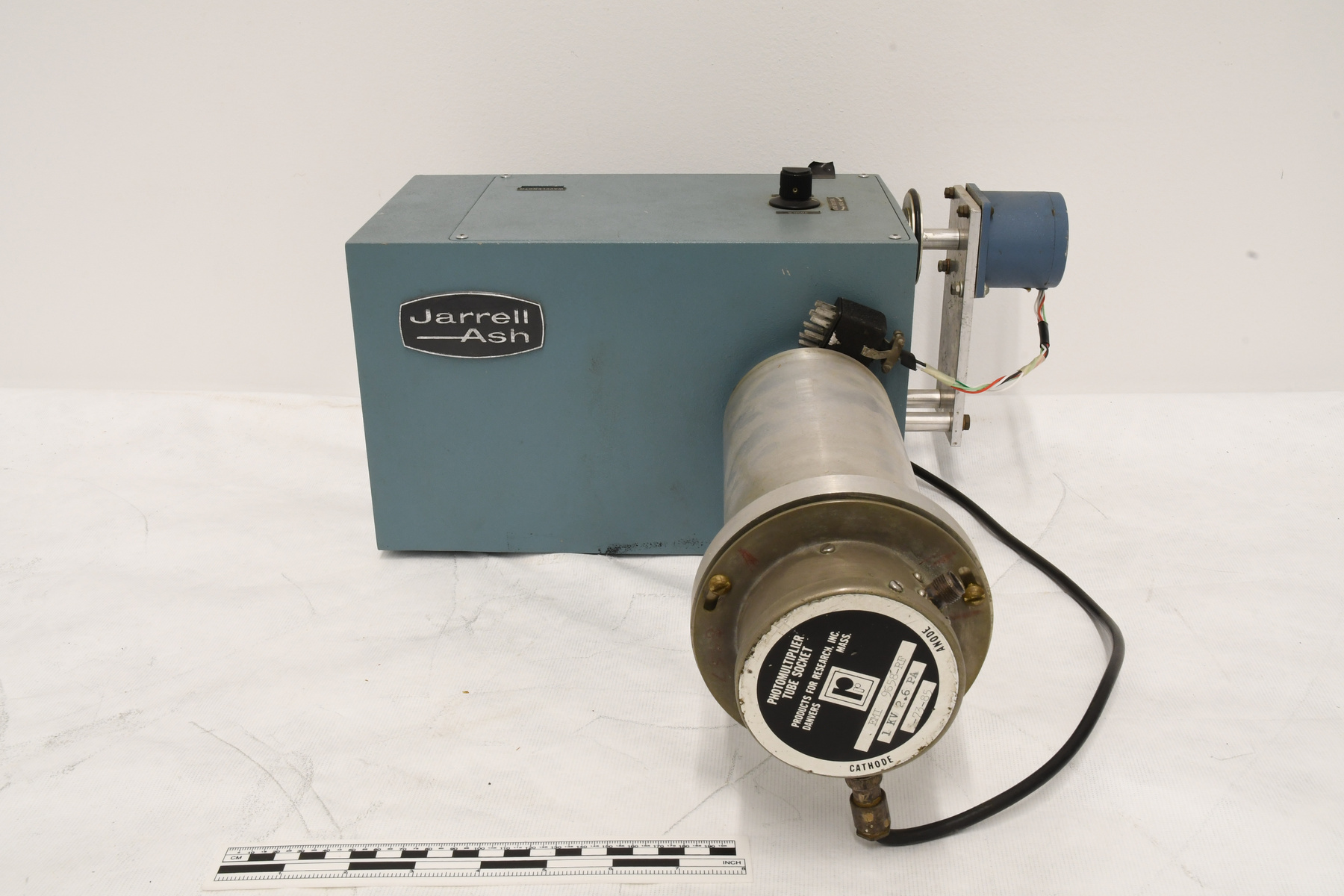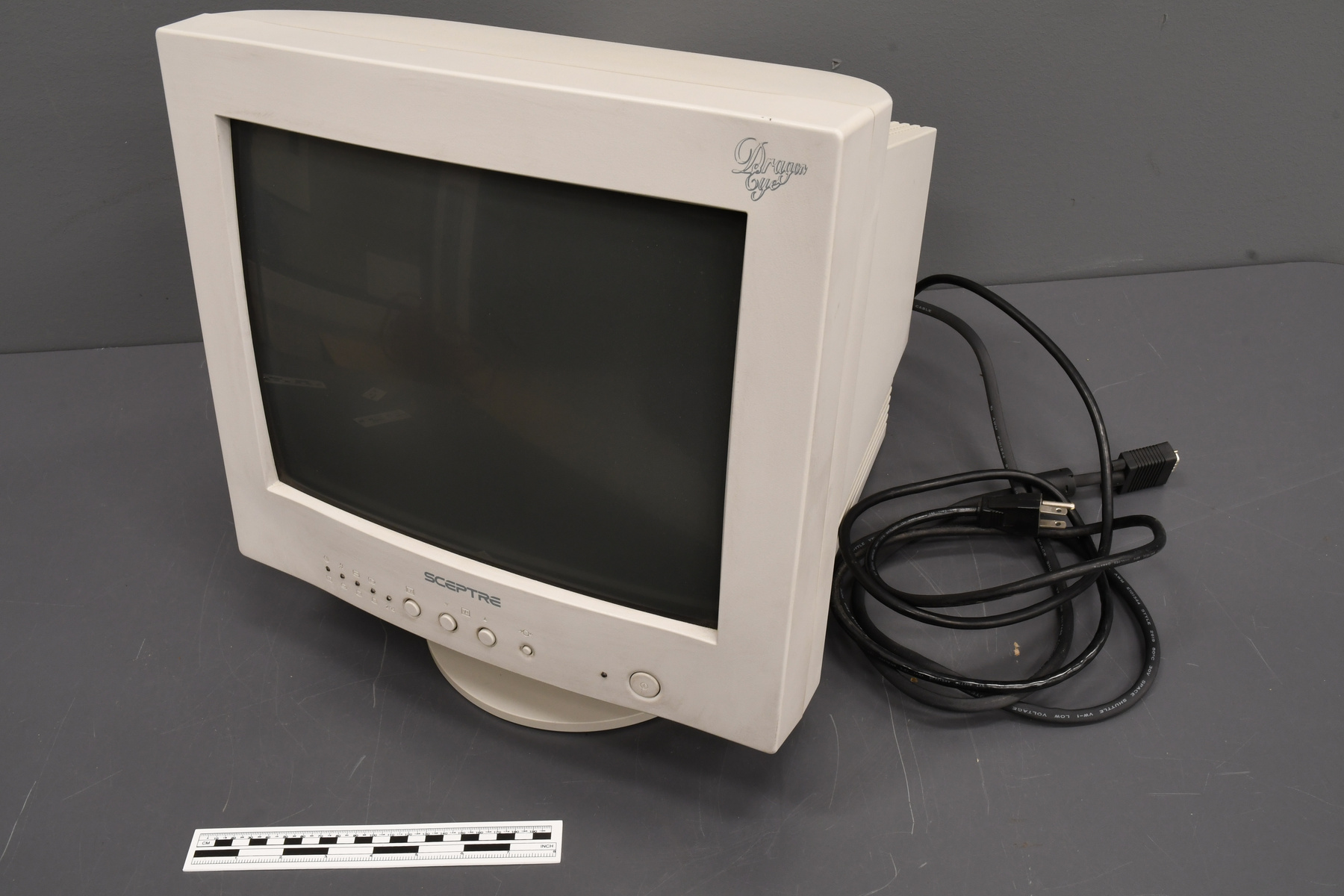Monitor, computer
Use this image
Can I reuse this image without permission? Yes
Object images on the Ingenium Collection’s portal have the following Creative Commons license:
Copyright Ingenium / CC BY-NC-ND (Attribution-NonCommercial 4.0 International (CC BY-NC 4.0)
ATTRIBUTE THIS IMAGE
Ingenium,
2008.0216.001
Permalink:
Ingenium is releasing this image under the Creative Commons licensing framework, and encourages downloading and reuse for non-commercial purposes. Please acknowledge Ingenium and cite the artifact number.
DOWNLOAD IMAGEPURCHASE THIS IMAGE
This image is free for non-commercial use.
For commercial use, please consult our Reproduction Fees and contact us to purchase the image.
- OBJECT TYPE
- CRT/colour/shadow mask
- DATE
- 1998
- ARTIFACT NUMBER
- 2008.0216.001
- MANUFACTURER
- Sceptre Technologies Inc.
- MODEL
- Dragon Eye M554
- LOCATION
- China
More Information
General Information
- Serial #
- 835AU002U01906
- Part Number
- 1
- Total Parts
- 1
- AKA
- N/A
- Patents
- N/A
- General Description
- Synthetic casing, controls, cable and electrical cord covering/ Glass tube/ Metal wiring and parts
Dimensions
Note: These reflect the general size for storage and are not necessarily representative of the object's true dimensions.
- Length
- 40.0 cm
- Width
- 35.8 cm
- Height
- 38.0 cm
- Thickness
- N/A
- Weight
- N/A
- Diameter
- N/A
- Volume
- N/A
Lexicon
- Group
- Computing Technology
- Category
- Digital peripheral devices
- Sub-Category
- N/A
Manufacturer
- AKA
- Sceptre
- Country
- China
- State/Province
- Unknown
- City
- Unknown
Context
- Country
- Canada
- State/Province
- Ontario
- Period
- 1998+
- Canada
-
A piece of equipment used at the David Dunlap Observatory at the University of Toronto, one of Canada's most important astronomical observatories. The David Dunlap Observatory opened in 1935 as the result of a bequest from the wife of David Dunlap. The telescope was a 74 inch (188 cm) reflector built by Grubb Parsons of Newcastle-upon-Tyne in England. The 74 inch was then the largest telescope in Canada (surpassing the 72 inch telescope of the Dominion Astrophysical Observatory in Victoria) and became the second largest in the world after the 100 inch Hooker Telescope of the Mt. Wilson Observatory outside Los Angeles. DDO's reputation grew and following WWII, it began to graduate most of the astronomers produced in Canada with University of Western Ontario far behind. Beginning in the 1960s a number of other astronomy departments were created but UofT/DDO held its place, a position it probably still holds. The DDO had a good technical staff which gave them an advantage and, with most of the 1940s to early 1970s top astronomers coming from UofT, grants from NRC and then ENSERC were almost guaranteed and allowed UofT's top astronomers -- Hogg, van den Berg, Fernie, Bolton, Kamper, Martin, etc. to acquire or build some of the best equipment available in university observatories. For optical observatories, only the DAO had technical staff and budgets that surpassed those of DDO. In 2007, citing increasing light pollution, the University of Toronto announced plans to sell the Observatory property. In June 2008, it was sold to Corsica Development Inc., a subsidiary of Metrus Development Inc. and the Observatory was closed. In 2009 the Observatory buildings and 80% of the site were designated a cultural heritage landscape. Also in 2009 Corsica and the Royal Astronomical Society of Canada, Toronto Centre announced an agreement allowing the RASC to provide public education and outreach programs at the observatory, and to operate the 188 cm telescope. - Function
-
The visual display component of a computer terminal, used to display data. - Technical
-
A computer peripheral made in 1998 and probably used with an astronomical measuring engine, the Perkin-Elmer PDS machine. This was a device for digitally measuring photographs, used to measure both stellar and galactic spectra as well as direct images of the sky taken with the DDOs 74 inch telescope and plates acquired by Sidney Van de Burgh at the 48 inch Mt. Palomar Schmidt telescope. An example of a late (1998) CRT type computer monitor. Dragon Eye was a series of computer monitors made by Sceptre Technologies of California. The D50X was a 14 inch CRT monitor based on shadow mask technology. The manufacturer’s description reads ‘Sceptre's Dragon Eye Series monitors feature a flat square CRT with Anti-Reflective, Anti-Static Coating (AR-ASC) and include Advanced Response Rotational Control (ARRC) - two easy-to-use knobs, one for selecting the function you wish to modify and the other for making actual adjustments. This provides the user with much finer adjustments and avoids having to push buttons or cycle through a menu of choices. With high resolution and refresh rate, the Dragon Eye Series produces a high level of sharpness, resulting in more stable pictures. The Multi-Step Dynamic Focus (MSDF) provides clearer, crisper images at all points of the screen and the optional USB technology allows for higher video throughput and can be "daisy chained" to free up IO ports. The Dragon Eye Series is offered in a full range of sizes. Sceptre has a monitor to fit all your application needs. Its solutions have an edge over competing monitors, resulting in a product that is consistently dependable.’ (Ref. 3) - Area Notes
-
Unknown
Details
- Markings
- Grey lettering on front reads 'SCEPTRE' and in script 'Dragon/ Eye'/ Bar code label on back reads 'Manufactured: August 27, 1998' and '*835AU002U01906*/ Sceptre Technologies, Inc./ 16800 E. Gale, City of Industry, CA 91745, U.S.A.'/ Label on back reads 'Sceptre ®/ PN: D50X/ Rating: 100-240VAC, 50-60 Hz, 1.5A' and 'Model: M554/ Made in China'
- Missing
- Appears complete
- Finish
- Textured buff coloured casing/ Grey tube/ Black electrical cord
- Decoration
- N/A
CITE THIS OBJECT
If you choose to share our information about this collection object, please cite:
Sceptre Technologies Inc., Monitor, computer, 1998, Artifact no. 2008.0216, Ingenium – Canada’s Museums of Science and Innovation, http://collections.ingeniumcanada.org/en/id/2008.0216.001/
FEEDBACK
Submit a question or comment about this artifact.
More Like This
